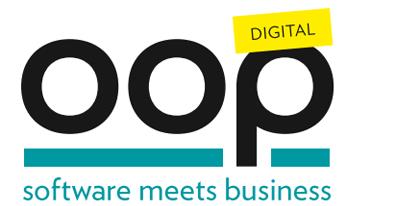
SOFTWARE MEETS BUSINESS:
Die Konferenz für Software-Architektur
31.01. - 04.02.2022

SOFTWARE MEETS BUSINESS:
Die Konferenz für Software-Architektur
31.01. - 04.02.2022

Die im Konferenzprogramm der OOP 2022 Digital angegebenen Uhrzeiten entsprechen der Central European Time (CET).
Unser Programm gibt es auch als praktische PDF-Datei >>Zum Download
If we want to make sustainable design decisions for our architecture that are embraced by everyone, the most effective way is to do this collaboratively. It is hard to do because we need to deal with all sorts of group dynamics that cause people to stop sharing what they want, ending up in resistance behaviour from sarcastic jokes, to stopped communication. So how can we make collaborative design decisions better? Join us in this hands-on workshop where we explore different models of decision making.
Maximum number of participants: 24
Target Audience: Architects, Managers, Decision Makers
Prerequisites: None
Level: Expert
Extended Abstract
If we want to make sustainable design decisions for our architecture that are embraced by everyone, the most effective way is to do this collaboratively. Everyone can feel a part of the decision, and can potentially give the input they have. The group is aligned and knows what is to be expected onward. On paper this sounds great, but in reality we know it is hard to do because we need to deal with all sorts of group dynamics. Dynamics like cultural differences, conflicts of opinions, cognitive biases, and polarities that the group are part of. These dynamics cause people to stop sharing what they want, which ends up in resistance behaviour from sarcastic jokes, to stopped communication or leaving the session. No wonder a lot of people resort to a more autocratic form of decision making, where the architect analyzes and makes the decision. So how can we make collaborative design decisions better?
Join Gien, Evelyn and Kenny in this hands-on workshop where we explore different models of decision making that can help facilitate collaborative design decisions. We will dive into a variety of facilitation techniques such as:
Vortrag Teilen